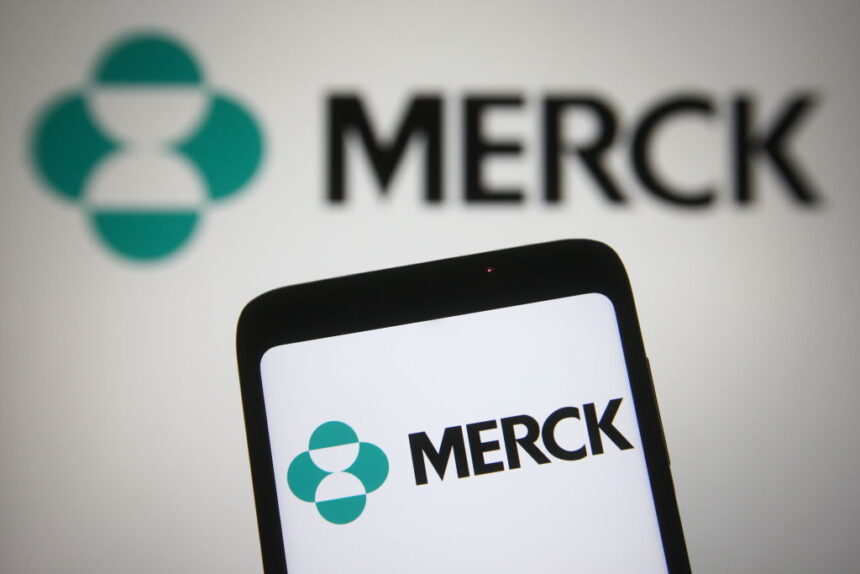Merck for Mothers, the maternal health initiative supported by the namesake pharma giant, set out more than a decade ago with an ambitious goal of expanding essential health services to 25 million by 2025.
Just a few weeks ago, Merck announced that the $650 million effort eclipsed that benchmark and has reached more than 30 million women worldwide through its various programs.
One of the core goals of the initiative is achieving the United Nations’ Sustainable Development Goal 3 and reducing the global maternal mortality ratio to less than 70 per 100,000 live births by the end of the decade.
In order to achieve this, Merck for Mothers has focused on improving maternal health outcomes by utilizing equitable, community-led initiatives and leveraging public-private partnerships in more than 70 countries.
As it relates to its work domestically, Merck partnered with the Centers for Disease Control and Prevention Foundation to design a national health communications campaign to improve awareness of pregnancy complication warning signs.
The Hear Her campaign ultimately reached more than 1.5 million Americans with its digital outreach, providing people with educational materials and resources highlighting the nature of pregnancy as well as childbirth-related complications.
Some state health departments around the country have even followed the campaign’s lead and replicated the materials to make them available for their patient populations.
This is important given that the U.S. still has some of the highest maternal mortality rates among high-income nations, increasing rates of pregnancy and childbirth complications and widespread disparities in health outcomes across race and ethnicity.
Moving forward, the goal is to reach another 5 million women by next year, according to Jacquelyn Caglia, director of Merck for Mothers.
She told MM+M that the milestone is more than a symbolic achievement, underscoring the real-world implications of providing additional care resources to patients.
She said that since the U.S. healthcare system isn’t designed with the most comprehensive approach to managing postpartum care, Merck for Mothers has stepped up to work with stakeholders on long-term fixes.
“Part of our strategy has been focusing in on improving the quality of services right around that time of labor and delivery as well as around the time of discharge from hospital or a birthing center,” she said. “However, we’re also now expanding out to think about the types of services, screenings and connections to care that people may need for that whole 12-month period.”
Caglia added that Merck for Mothers plans to continue its efforts focused on the postpartum period and cardiovascular issues with a health equity lens in mind, noting the health disparities experienced by Black and Indigenous women.
That’s why Merck for Mothers established the Safer Childbirth Cities initiative, which provided $1 million grants to 20 community-based organizations in cities with high maternal mortality rates and disparities.
It was critical to fund work at the local level in order to more effectively strengthen the maternal healthcare workforce, Caglia said.
So far, these multi-year programs have trained hundreds of culturally congruent community health workers to deliver maternal health services and implemented new screening programs to better address social barriers to care.
Caglia added that Safer Childbirth Cities has also helped elevate community voices and leadership when it comes to informing local policy and program decisions around maternal health.
If Merck for Mothers is going to achieve meaningful, equitable solutions, she said it will be accomplished by centering the process around local perspectives.
“Frankly, we’ve added more chairs to the table of the community of concern working to address maternal health to ensure that there’s always community voice and leadership, informing local and state policy and program decisions,” she said.
For a May 2024 article on Merck acquiring ophthalmology startup EyeBio in a deal worth up to $3B, click here.







